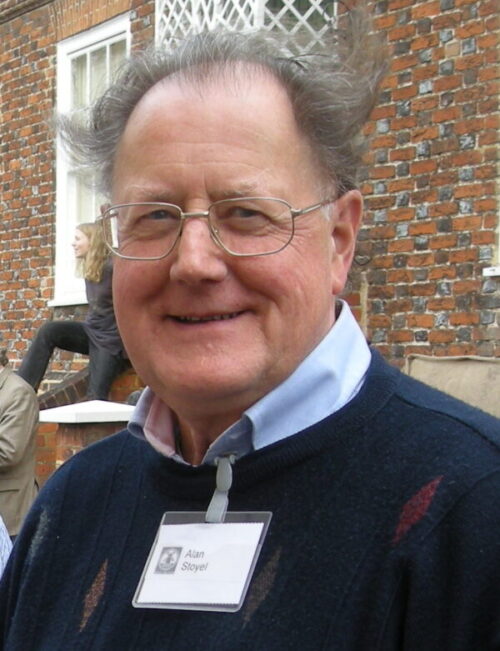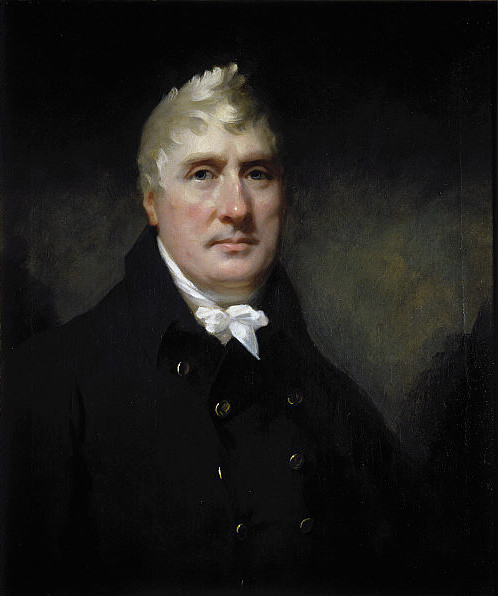
Millwrighting has been on the Heritage Craft Association Red List of Endangered Crafts since 2019. Without increased opportunities and interest for millwrighting in Britain, the number of mills will slowly decline. To bring the craft into the public eye and highlight its importance in the preservation of our milling heritage, we have put together an…





